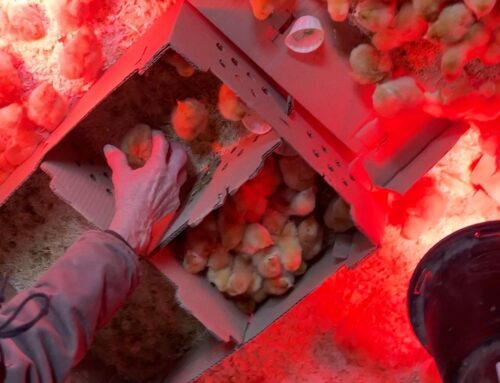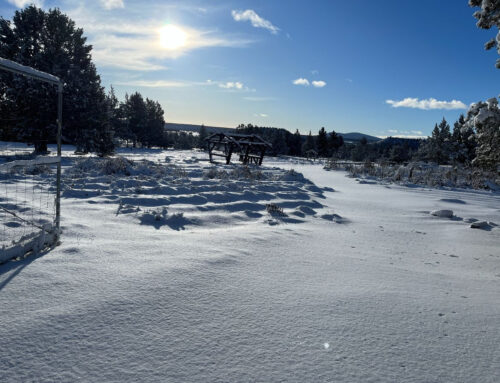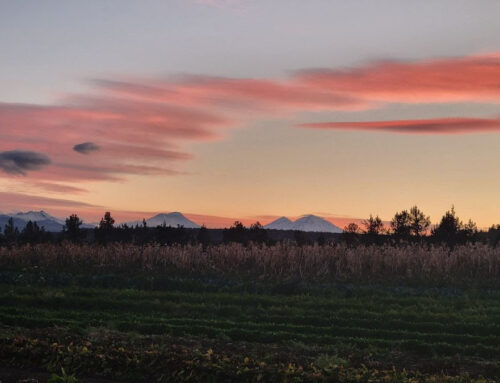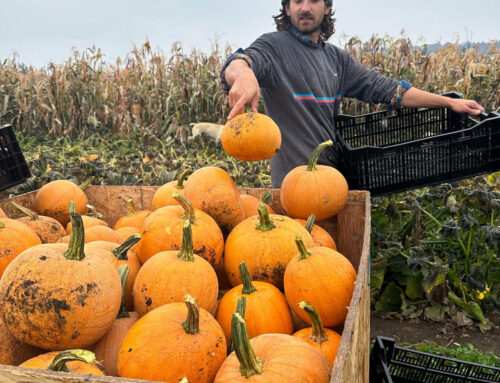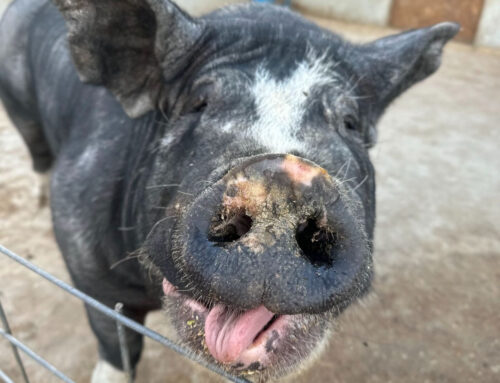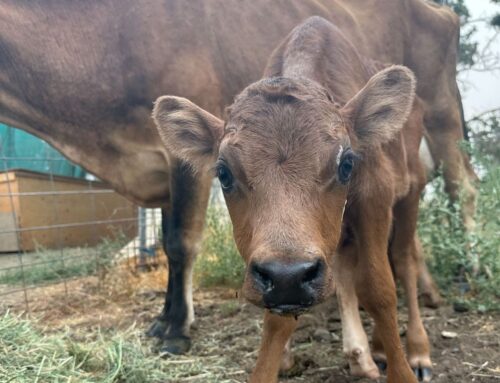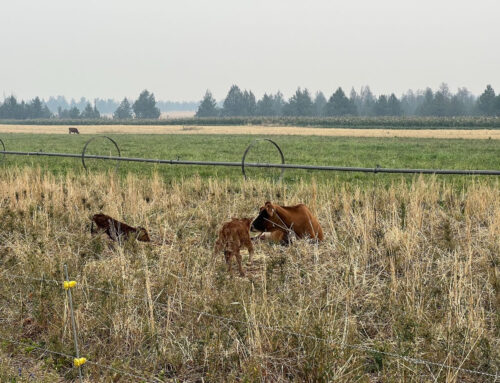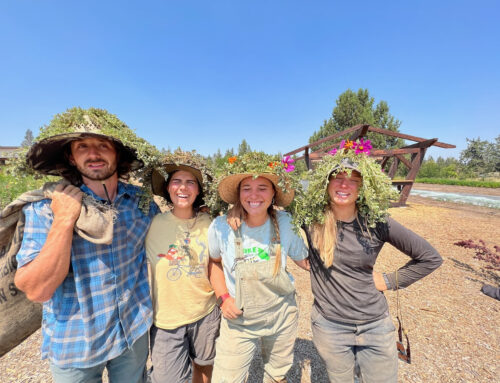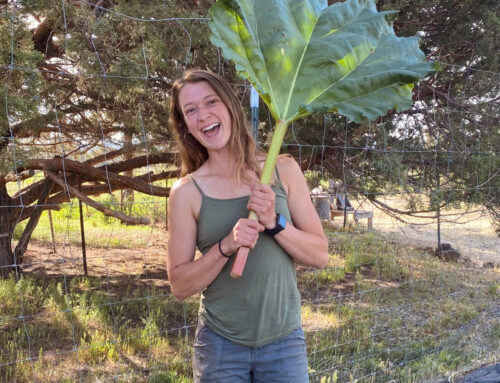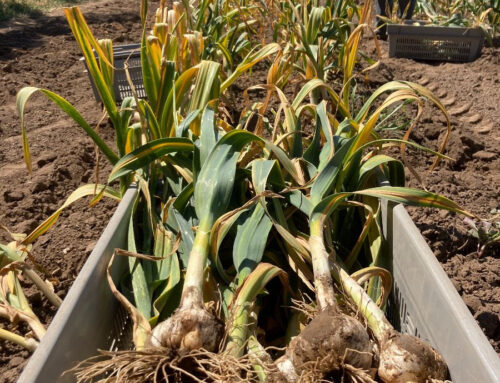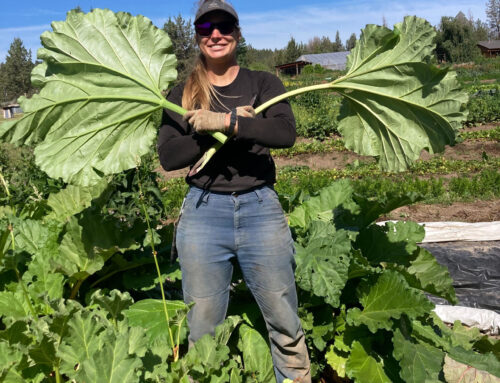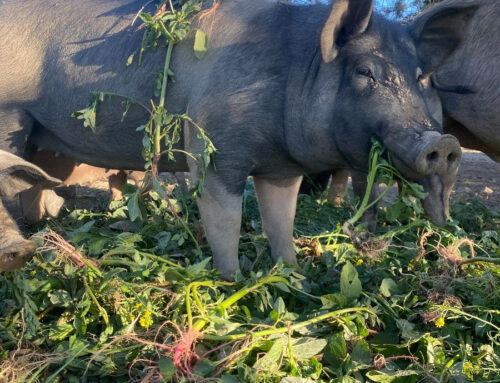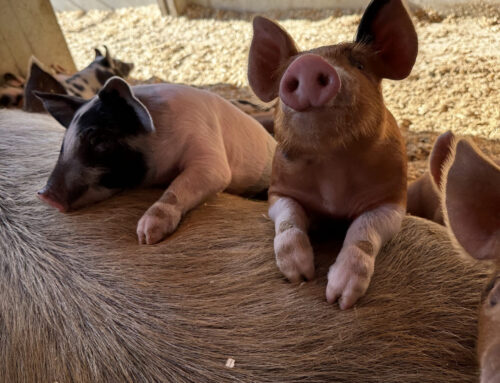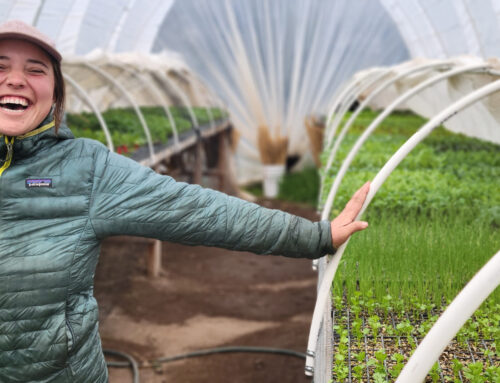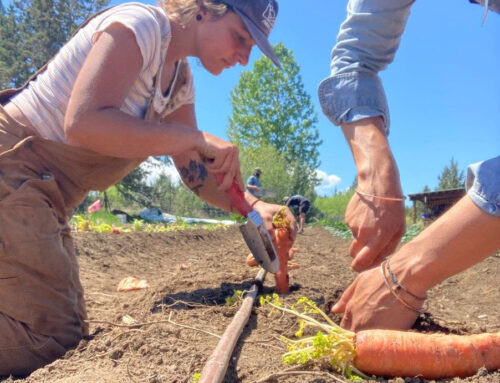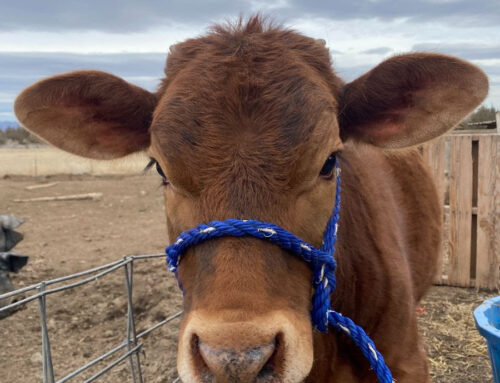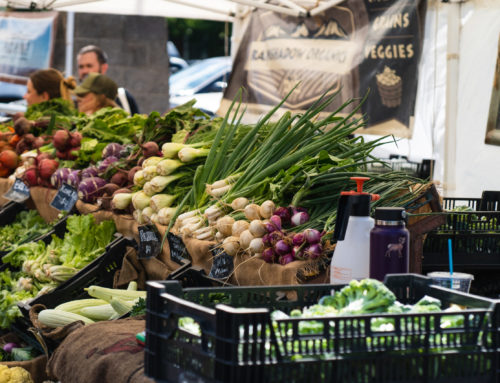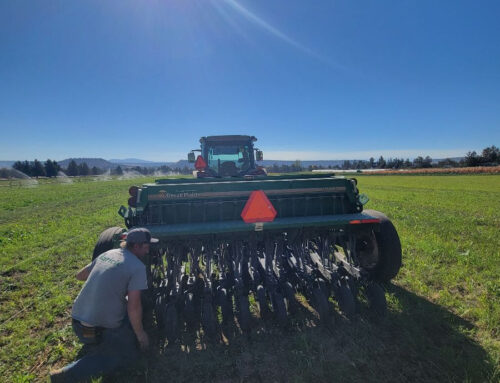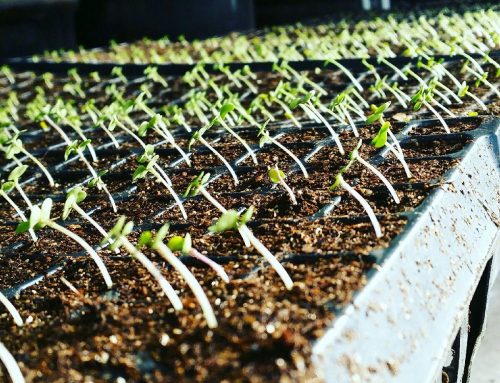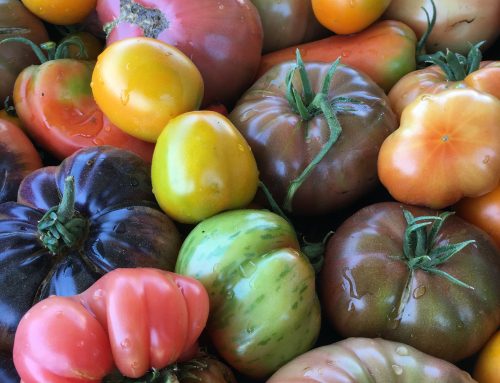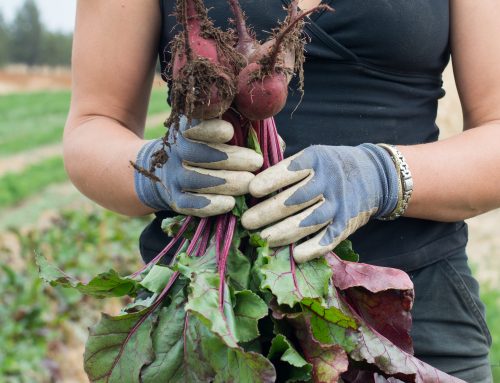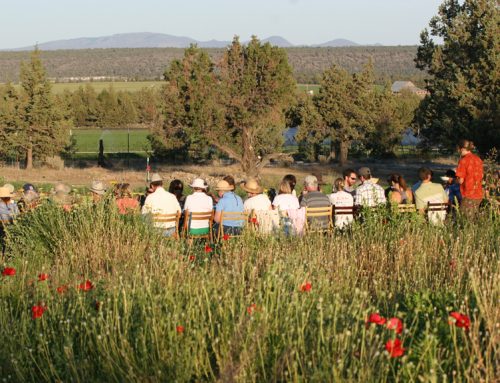This week, our newsletter is written by Sarahlee
Our head honcho, farmer with the plan, owner and vision master
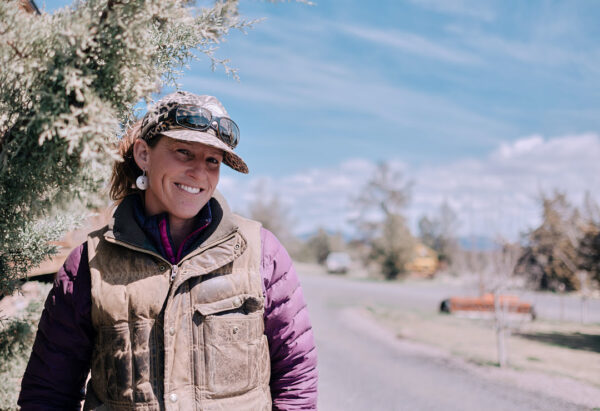
I’ve lived on the farm my entire life.
Why Rainshadow?
Because of the way this land gathers energy. It’s magnetic.
What do you hope to learn at the farm this season?
How to be light and fluid.
Where do you find your inspiration?
The intricacies of our farm ecosystem.
News from the Farm
Wow, what a tremendous summer season we have shared. After a string of rough years from fire to hail, covid to smoke, to oppressive heat… 2023 is the kind of year that gives a farmer a break and gets them bolstered up for years to come.
First and most importantly, we have such a fantastic team carrying the farm this year. Everyone has been showing up with a great attitude day after day, month after month to bring a massive abundance to all of our beloved eaters. It is you all that allow us to fulfill our purpose, and a life of purpose is the best life.

|
photo credit: Natalie Leder
|
Second, I’ve been thinking about the intimacy of the weather and the clarity of the air. Each day reaches out and touches us in such a personal way. The weather has treated us real easy this season. It’s been almost effortless to tend to the land, which I believe gives us strength for all the years that haven’t been or won’t been as easy. The food also grows so well when the weather isn’t crazy. Happy animals, grains, and vegetables. Even happy fruit trees this year. Wow wow wow! When all the things we care for aren’t stressed, it is such a load off.
As we finish up the summer CSA this week, we’ve spent half the year together. How fast it feels gives me concern at how fast life is flying by. I find myself slowing down more each year to enjoy myriad characters that make up our little farm ecosystem. From people to pigs, melons to mycelium, I’m cherishing the time and our work together to bring you food that you can feel good eating. To me that means clean with no chemicals or poisons. It means that it is full of flavor and nutrients. It means it hasn’t traveled far and is kind to our planet.
Thank goodness we farm year round and we’ll see our full-diet members next week. And winter members in three weeks. I really don’t know what we’d do without you. It is truly our pleasure to feed you.
Big love,
Sarahlee
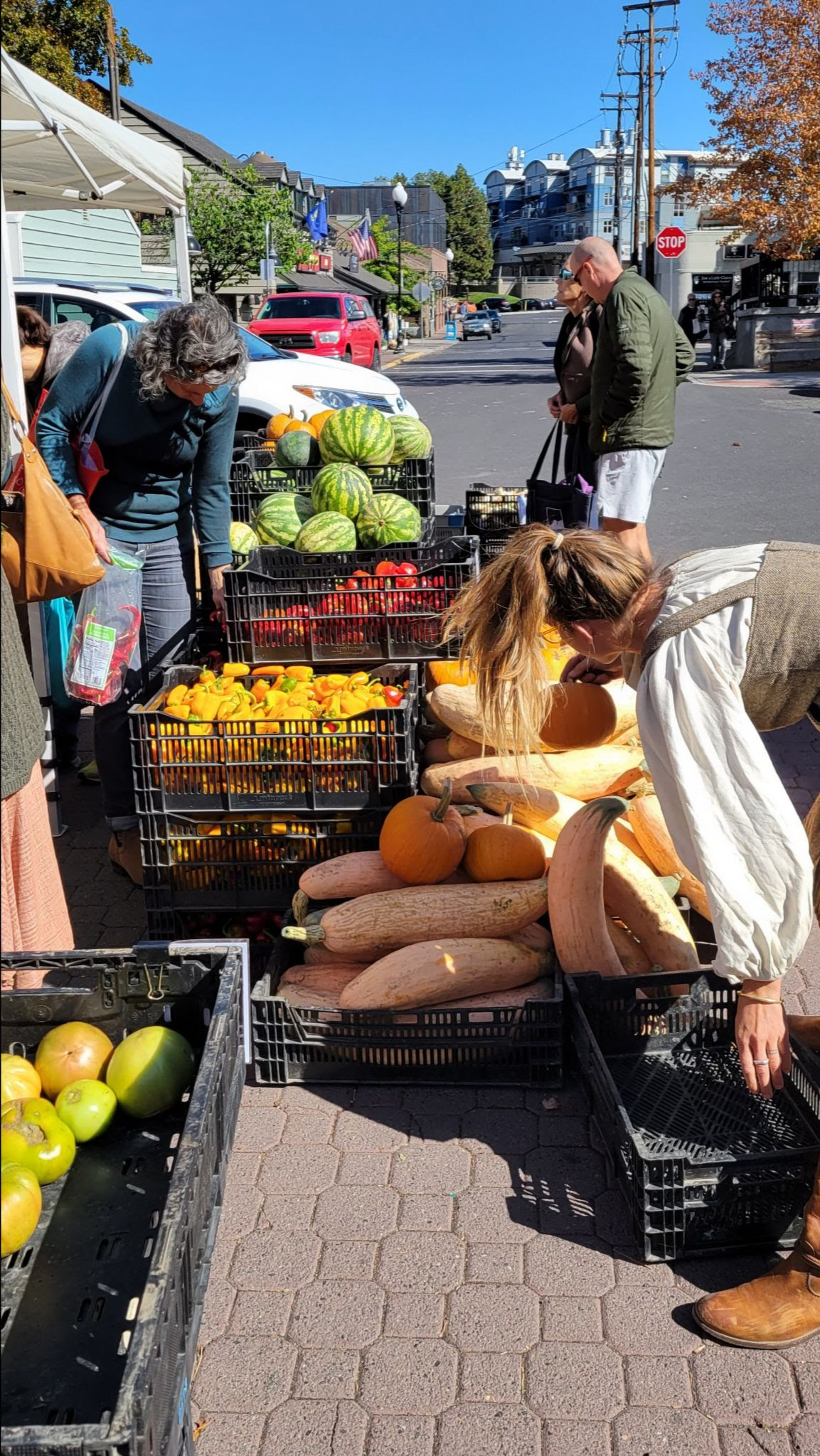
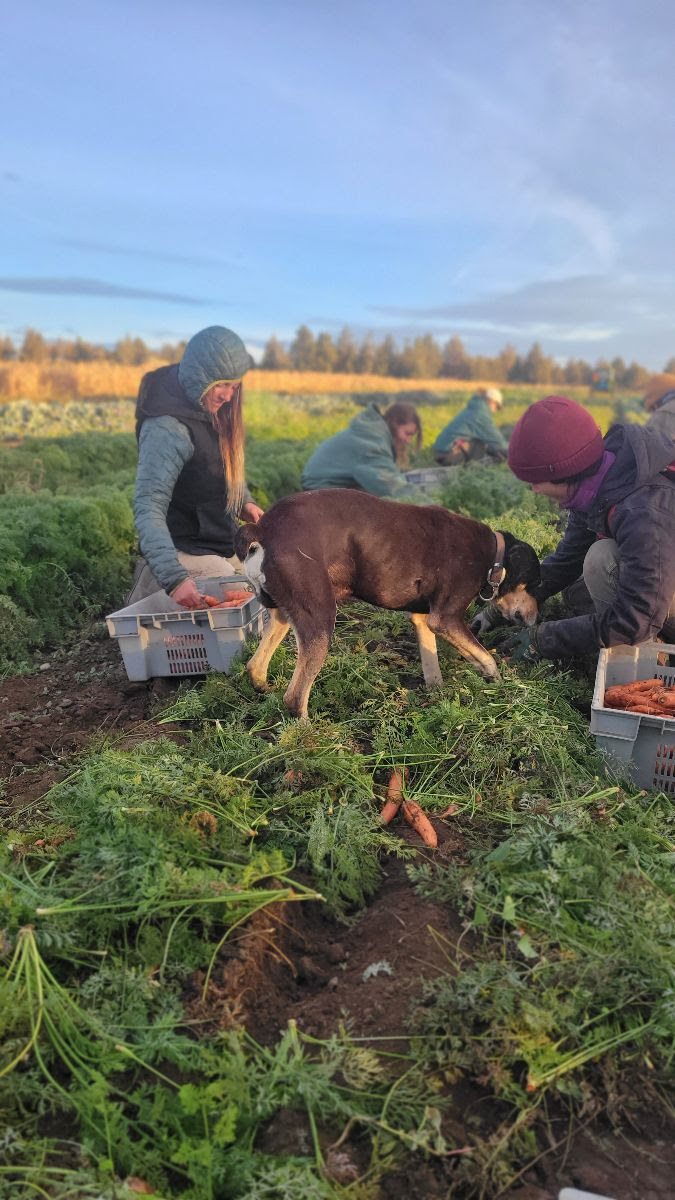
|
photo credit: Chris Lawrence, Sarahlee Lawrence, Jim Stinger
|
Market continues through this Wednesday full of color and options! ❦ We are in the process of finishing our storage carrot harvest. We remove the carrot tops and feed them to the pigs and then send the carrots through the root washer so they are nice and clean and ready to eat all winter long. ❦ Even as we are harvesting all of our summer and storage crops, we are continuing to plant successions of winter greens.

Veggie ID: Siberian Kale
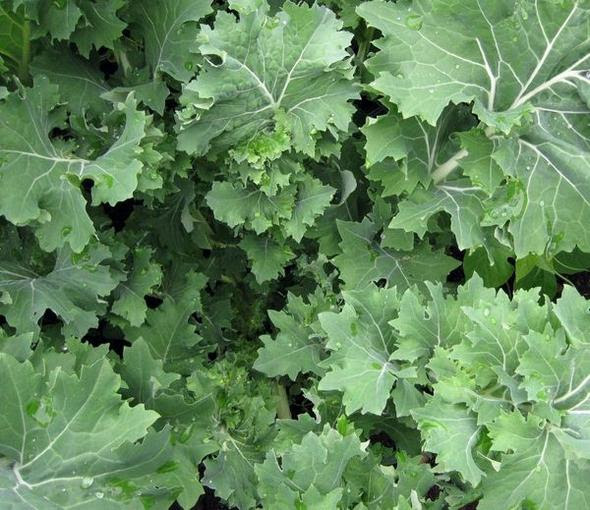
We talked about almost all the types of kale earlier this summer, but not Siberian Kale. She is the clear winner in the kale department in our book: tender, not too brassica-y yet full of flavor, great for salads or cooking.
It is thought that Siberian Kale started from a chance hybridization between field mustard and European kales in the gardens or Europe during in the middle ages. Siberian kale is a cold hardy kale (in case the name didn’t give you that idea) and it is the foundation green of our Winter and Full Diet CSAs. We begin planting Siberian Kale in August so that it is ready to harvest and eat as the colder nights start to wreak havoc on our other greens growing outside the hoop houses.
To store: This is important: ALWAYS STORE SIBERIAN KALE IN A PLASTIC BAG OR TUPPERWARE. If you don’t, it will get limp, soggy, and flacid in a day. If you do, you can enjoy your Siberian Kale for a week or longer, no problem! You just want to enjoy it before the leaves turn yellow, which happens about 2 weeks after harvest.
To prep: Wash/wipe off any remaining field dust, dirt, and aphids and remove stems.
To use: Siberian kale is great raw in salads or chopped and cooked or sautéed in any recipe that calls for greens. The kale is so tender that it could be used in the place of lettuce, or you can give it a nice massage with some salt and oil or lemon juice or toss it with a warm vinaigrette.
To preserve for later: Really, this green should be used when fresh, but you can always chop, steam, and freeze it for use later. Just drop the ball of frozen greens into the soup or stew or defrost and sauté into your dish or frittata.
Customer Appreciation Day
Sunday, October 22, 11a-3p
Bring your family, friends, and selves.
Bring your shovels, buckets, gloves, and maybe your gardening clothes.
Please don’t bring your dogs! This is a no-dog event!
We will have finished harvesting all our storage crops and are opening the 25-acre field for 1-day of gleaning. Go treasure hunting, grab some small plates from the kitchen for lunch ($5-$10/option), listen to some live music on the porch and by the firepie, and celebrate the end of the growing season and the arrival of winter.
We hope to see you there!
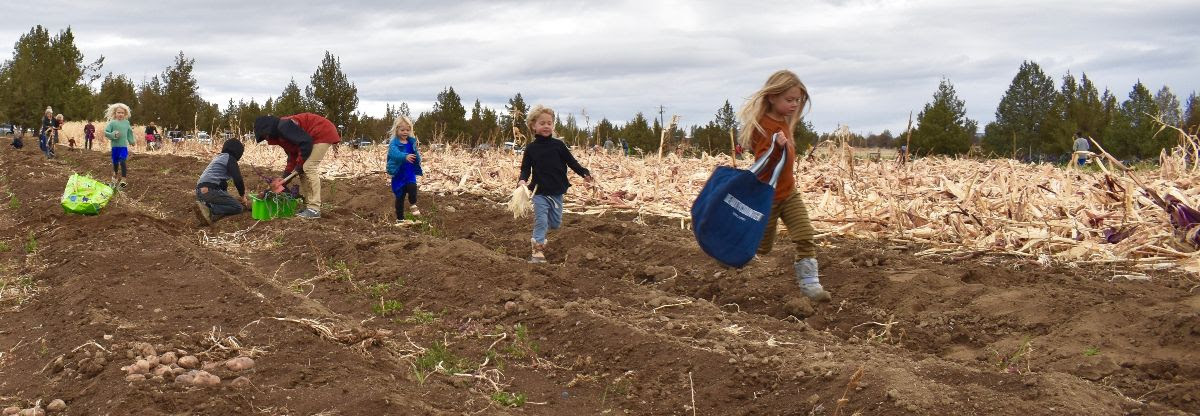
Vegetable CSA Harvest List
Every week, we include this section which includes what we think will be coming out of our fields and hoop houses for Wednesday pick up. Keep in mind, that we send this email on Sunday and we harvest Monday & Tuesday for our Wednesday CSA. Sometimes we are spot on, but other times, we discover that we have more of something else and substitute that.
We will let you know on Wednesday how many other items you will get to select.
Other Vegetable Options will probably include:
(This time of year it is really hard to know exactly what will be available. Bare with us!)
apples
Beets
Broccoli (?)
Cabbage
Carrots
Chard (?)
collard greens
daikon radish
Fennel
Garlic
Green onions
hot peppers
Kale
leeks
Lettuce heads
Napa cabbage (?)
onions
Parsley
Potatoes
sweet peppers
Tomatoes
winter squash
Yod Fah (?)
Meat CSA
No meat this week! Check back in November for our first Winter CSA or in May for the first 2024 Summer CSA 🙂
Early Bird Summer CSA Sale ends on November 11!
Early-Bird bonus: Join us for a night on the farm! You and 1 guest are invited to a casual dinner and farm tour at Rainshadow: live music, small plates from the farm kitchen, a wander through the farm with your farmers. BYOB and chair/picnic blanket. Rainshadow will provide the rest. This will probably be June 6, but we will firm that up closer to.
Check out our Summer CSA page HERE for more information and to purchase.
Want to reserve your Summer CSA using SNAP? Sign up today using the Pay in Full option and select the “SNAP/EBT Onsite” button. This will get your name on the list, but I won’t process your SNAP payment through until 2024.
Save the Date: Fill Your Pantry, Saturday, November 11!
Join Rainshadow Organics and other local farmers and producers at this bulk buying farmers Market held at the Deschutes County Fairgrounds. Stock up on local products for the winter: meats, vegetables, flour, ferments, etc.
Set a reminder in your calendar for October 22 to get your pre-orders in. Many vendors sell out of supplies during the pre-order time.
You can find more information HERE.
Recipe Corner
Every week I try to send along a few recipes that utilize the meats and vegetables in your CSA share. Check out the recipes below for some inspiration!
Sausage & Leek Mash Pie
(adapted from BBC GoodFood)
INGREDIENTS
6-8 potatoes, peeled and cut into 1/2 inch chunks
2 tbsp oil
1 pack ground pork (if it is plain, season it up first)
1 tbsp plain flour
2 to 2 1/2 cups broth
1 bunch kale, shredded
3 leeks, finely sliced
½ tbsp wholegrain mustard
2-3 tbsp whole milk
2 oz smoked or regular cheddar, grated
INSTRUCTIONS
- Boil the potatoes for 12 mins or until tender. Drain and leave to steam-dry.
- Heat 1 tbsp oil in a shallow casserole or deep skillet. Brown sausage over medium heat for 7-8 mins or until golden brown. Add the flour and stir everything together, cooking for 1 min. Pour in the broth, bring to a simmer. If it isn’t thick enough add some cornstarch or additional flour. Then add the kale and cook for 5 mins. Remove from the heat.
- Meanwhile, in a separate pan, add the remaining 1 tbsp oil, then the leeks and fry for 5-10 mins until tender, adding a small splash of water to help them cook. Preheat your broiler.
- Mash the potatoes until smooth. Stir though the leeks, mustard and milk, and season. Spoon and swirl the mash on top of the sausage mixture, then scatter over the grated cheese and broil for 3-5 mins or until golden and bubbling.
Feeling flush with pumpkins right now? Turn your pumpkin from this week into purée, freeze in 1 cup increments, and be prepared for all your fall baking needs! Pumpkin pie, muffins, scones, etc.! NOTE: a regular can of pumpkin purée is just shy of 2 cups of purée.
(adapted from The Pioneer Woman)
INGREDIENTS
1 medium or 2 small pumpkins
INSTRUCTIONS
- Cut the pumpkin in half. Using a spoon or a scoop, scrape out the seeds and pulp from the center. You don’t have to be too thorough with this.
- Reserve all of the seeds in a separate bowl. Repeat until all the pumpkin pieces are largely free of seeds and pulp.
- Place the pumpkin pieces on a baking sheet (face up or face down; I’ve done both) and roast in a 350°F oven until the pumpkin is fork-tender, 45 minutes. They should be nice and light golden brown when done.
- Peel off the skin from the pumpkin pieces until you have a big pile of the stuff. If you have a food processor, throw in a few chunks at a time. A blender will work, too, if you add a little water. Or you can simply mash it up with a potato masher, or move it through a potato ricer, or process it through a food mill.
- Pulse the pumpkin until smooth. If it looks too dry, add in a few tablespoons of water during the pulsing to give it the needed moisture. (Note, if the puree is overly watery, you should strain it over cheesecloth or a fine mesh strainer to get rid of some of the liquid.)
- Dump the pureed goodness into a bowl, and continue pureeing until all the pumpkin is done.
- You can either use this immediately in whatever pumpkin recipe you’d like or store it in the freezer for later use.
- To store in the freezer, spoon about 1 cupful of pumpkin into each plastic storage bag. Seal the bag with just a tiny bit of an opening remaining, then use your hands to flatten out the pumpkin inside the bag and push out the air. Store them in the freezer until you need them.
This is great with smaller potatoes or fingerlings. And if you only have larger ones, then half or quarter them!
(adapted from The Pioneer Woman)
INGREDIENTS
1 pound potatoes
3 tablespoons grated Parmesan cheese
3 tablespoons minced fresh parsley
2 tablespoons olive oil
1 tablespoon minced fresh rosemary or 1 teaspoon dried rosemary, crushed
1 tablespoon butter, melted
1/4 teaspoon salt
1/4 teaspoon pepper
INSTRUCTIONS
- Preheat oven to 425°. Place potatoes in a large saucepan and cover with water. Bring to a boil. Reduce heat; cover and cook 10 minutes. Drain. Transfer to a greased 15x10x1-in. baking pan. Combine the remaining ingredients; drizzle over potatoes and toss to coat.
- Bake, uncovered, 8-10 minutes or until tender, stirring once.
This is great with smaller potatoes or fingerlings. And if you only have larger ones, then half or quarter them!
(adapted from The Pioneer Woman)
INGREDIENTS
1 pound potatoes
3 tablespoons grated Parmesan cheese
3 tablespoons minced fresh parsley
2 tablespoons olive oil
1 tablespoon minced fresh rosemary or 1 teaspoon dried rosemary, crushed
1 tablespoon butter, melted
1/4 teaspoon salt
1/4 teaspoon pepper
INSTRUCTIONS
- Preheat oven to 425°. Place potatoes in a large saucepan and cover with water. Bring to a boil. Reduce heat; cover and cook 10 minutes. Drain. Transfer to a greased 15x10x1-in. baking pan. Combine the remaining ingredients; drizzle over potatoes and toss to coat.
- Bake, uncovered, 8-10 minutes or until tender, stirring once.

|
photo credit: Sarahlee Lawrence
|
It is delightful to see snow on the mountains this time of year!
See you on Wednesday 🙂
The Farm Crew


